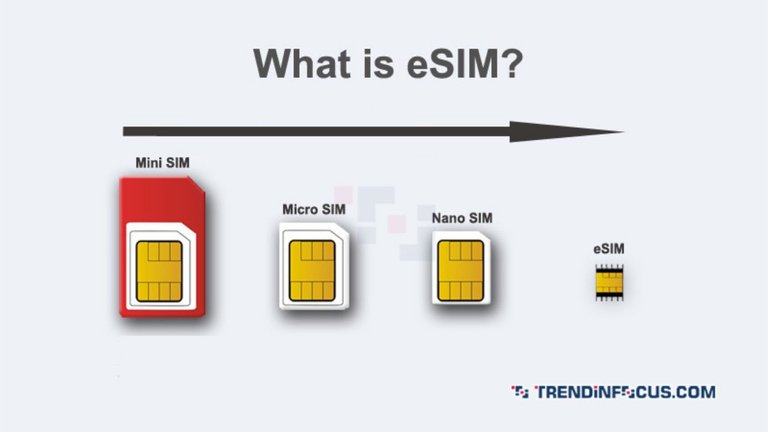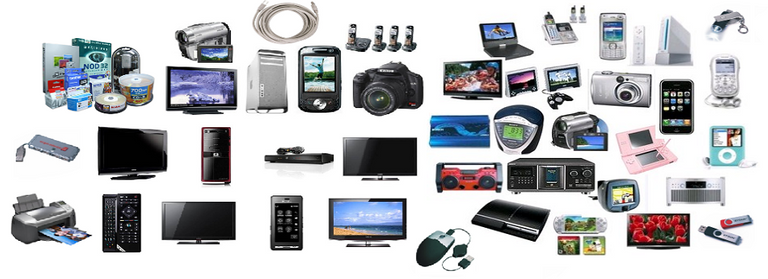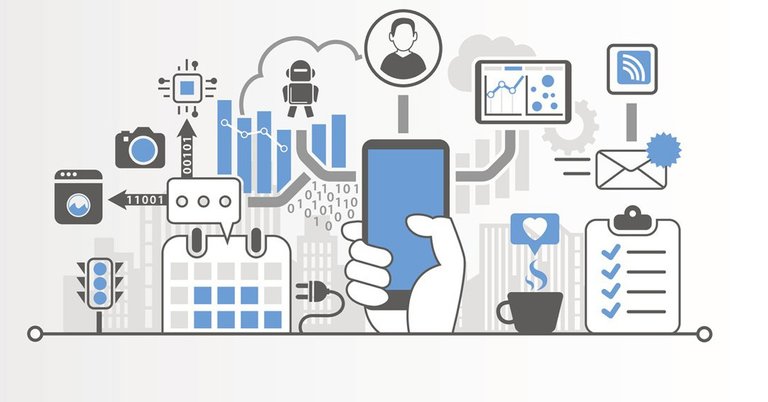
Source
Until the mid-nineties, the technology used in the connections between devices was radio frequency, then SIM cards appeared, which stands for Subscriber Identification Module.
First these cards were the size of a credit card and later they were gradually reduced to miniSIM, microSIM, nanoSIM until reaching the eSIM that is already virtual.
With the exception of eSIM, all the others were pieces of plastic associated with a code that occupied a physical place in the device, which greatly limited the number of simultaneous lines in the same device.

Source
This means, for example, that when traveling abroad we must choose to pay roaming or go changing the sim installed by that of the operator of each country, which is a nuisance.
With eSIM technology, physical plastic chips from telephone companies disappear, allowing multiple lines from multiple providers to be used simultaneously.
The fact of being virtual allows small devices such as smart watches, for example, to be able to operate autonomously without the need to connect via smartphone.

Source
Similarly, all IoT devices can carry one of these eSIMs embedded, which can also be used for device identification and certification, as well as data encryption in the cloud.
All this will put within reach and under our control all the gadgets that surround us, so that we do not have to get up from the sofa at all.


Versión en español
Lol hate leaving the sofa bro, now please toss my lazy ass some HIVE! 😋😁
😮 things are getting smaller and smaller, one day we will paint this type of stuff on our body and no need to carry things like a watch, phone, etc.
I agree, all kind of gadgets will be embedded in our bodies, and you will not be able to switch it off. :-P